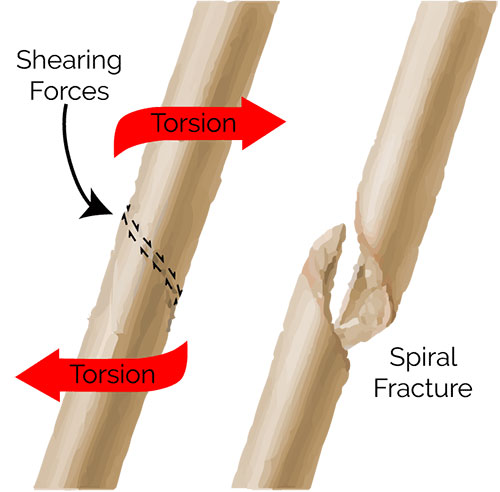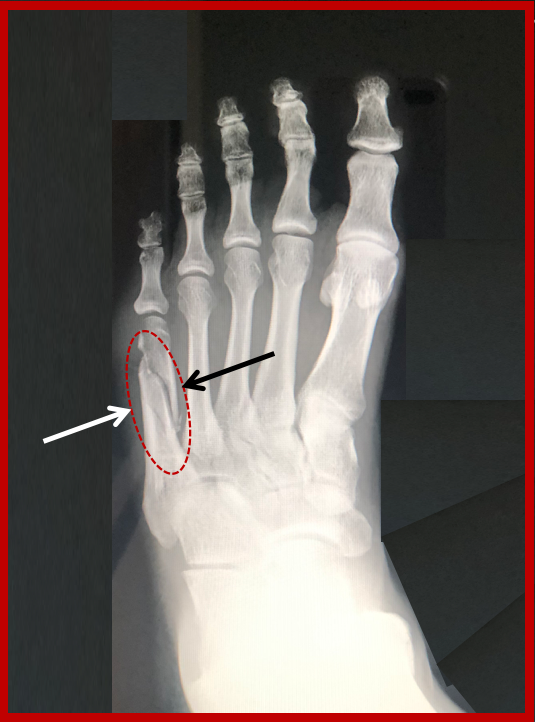
Complete recovery from a femur fracture commonly takes about 4 to 6 months. Internal fixation devices, including plates, rods or screws, may also be used to maintain proper position of the femur during healing.ĭuring the healing phase, physical therapy is recommended to restore normal muscle strength, range of motion, and flexibility. Severe or multiple fractures may require external fixation, which uses an outer metal rod and pins to hold the bone or bones in place until they heal. Depending on the degree of displacement, surgical or nonsurgical methods may be used to manipulate the bones back into position. Immobilization through a splint or castĪ displaced fracture may require the broken bones to be realigned, prior to splinting of casting of the leg.Treatment for femur fracture may vary based on the type and location of the break and may often include: Imaging tests allow the physician to identify the exact location of the fracture. An open or compound fracture occurs when bone fragments may puncture the skin, also damaging surrounding muscles and tendonsĪ femur fracture is diagnosed after a physical examination of the leg as well as imaging tests that may include X-rays or CT scans.A displaced fracture occurs when the bone fragments on each side of the break are not aligned.Joey was anesthetized so the fracture could be aligned for.

A comminuted fracture occurs when the bone has broken into several pieces Dabney, MD, went into action, accurately evaluating his condition and developing a treatment plan.A spiral fracture is a fracture that encircles the femur shaft.An oblique fracture is an angled line or break.A transverse fracture is a straight line across the shaft of the femur.In addition, femur fractures may be categorized by the type of injury, which may include: Supracondylar femur fractures involve the area just above the knee and are considered uncommon.Femoral shaft fractures involve the middle portion of the bone and are usually very severe injuries.Proximal femur fractures involve the upper portion of the bone, next to the hip joint.The femur shaft is divided into three parts and the location of injuries may include: Types of Femur Fracturesįemur fractures vary based on the type of injury that was sustained, the way the bone was fractured and the location of the fracture. Treatment for a femur fracture often includes setting and immobilizing the leg, and in severe cases, surgery may be required to ensure proper healing. The treatment of a spiral fracture depends on the severity of the said injury and associated damage to the surrounding vessels and nerves. Symptoms of a femur fracture include severe pain, swelling, tenderness, physical deformity and often, the inability to walk. The femur is one of the strongest bones in the body, and a break or fracture in the femur bone is often caused by severe injury such as trauma sustained in a motor vehicle accident. Compartment syndrome threatens limb viability (possibly requiring amputation) and survival.A broken thighbone, also known as a femur fracture, is a serious and painful injury. Stable fracture: The broken pieces of the tibia. Over the long term, it can cause contractures, sensory deficits, and paralysis. Spiral fracture: A type of fracture caused by a twisting force with a fracture line that encircles the tibia.

Untreated compartment syndrome can lead to rhabdomyolysis, hyperkalemia, and infection. In addition to fractures, musculoskeletal injuries include Joint dislocations. TreatmentEdit Reduce the proximal fibula and medial malleolus to achieve stabilisation Repair the distal tibiofibular syndesmosis and deltoid ligament.

Most fractures result from a single, significant force applied to normal bone. Risk is high with forearm fractures that involve both the radius and ulna, tibial plateau fractures (proximal tibial fractures that extend into the joint space), or tibial shaft fractures ( 1 Complications references A fracture is a break in a bone. Crush injuries or markedly comminuted fractures are a common cause, increasing tissue pressure as edema develops. read more : Tissue pressure increases in a closed fascial space, disrupting the vascular supply and reducing tissue perfusion. The earliest symptom is pain out of proportion to the severity of injury. Compartment syndrome Compartment Syndrome Compartment syndrome is increased tissue pressure within a closed fascial space, resulting in tissue ischemia.


 0 kommentar(er)
0 kommentar(er)
